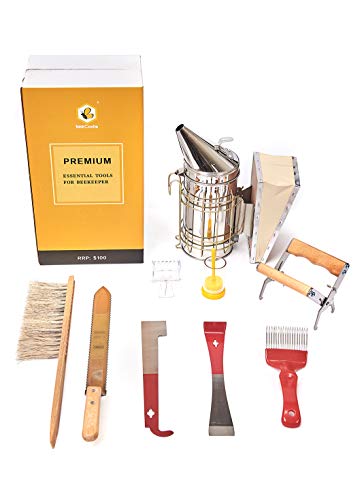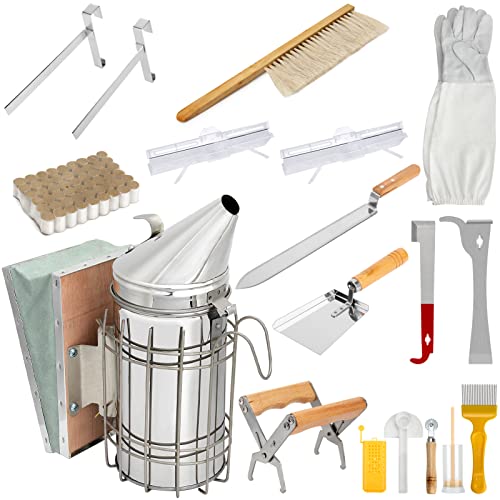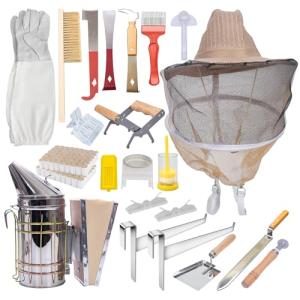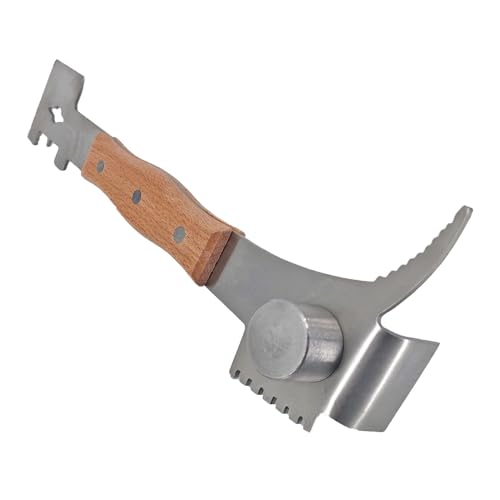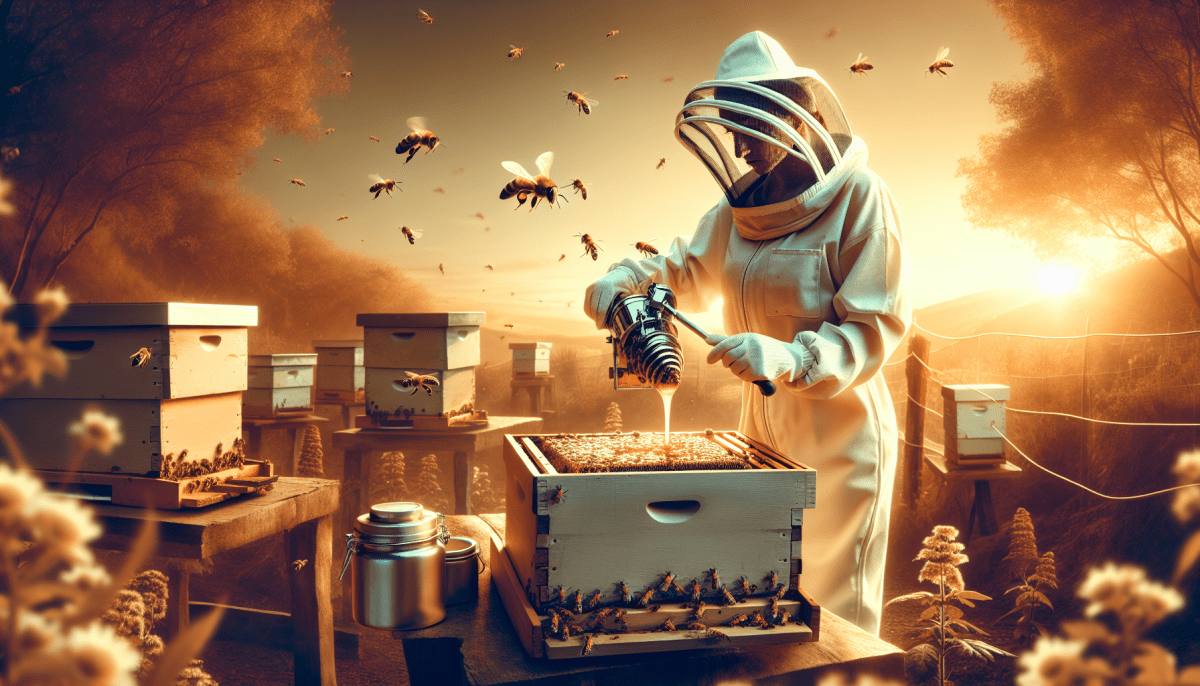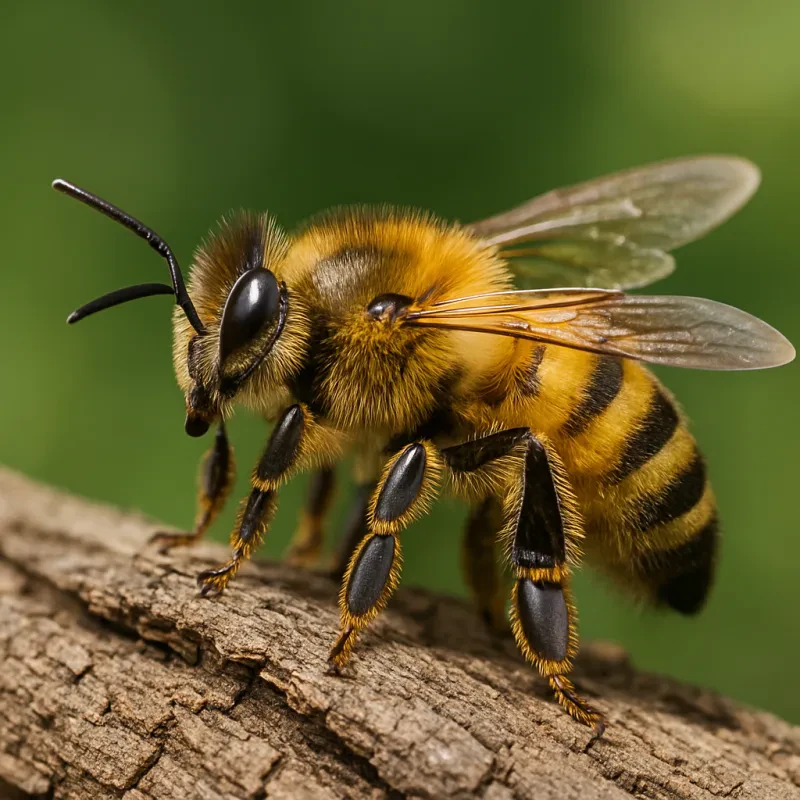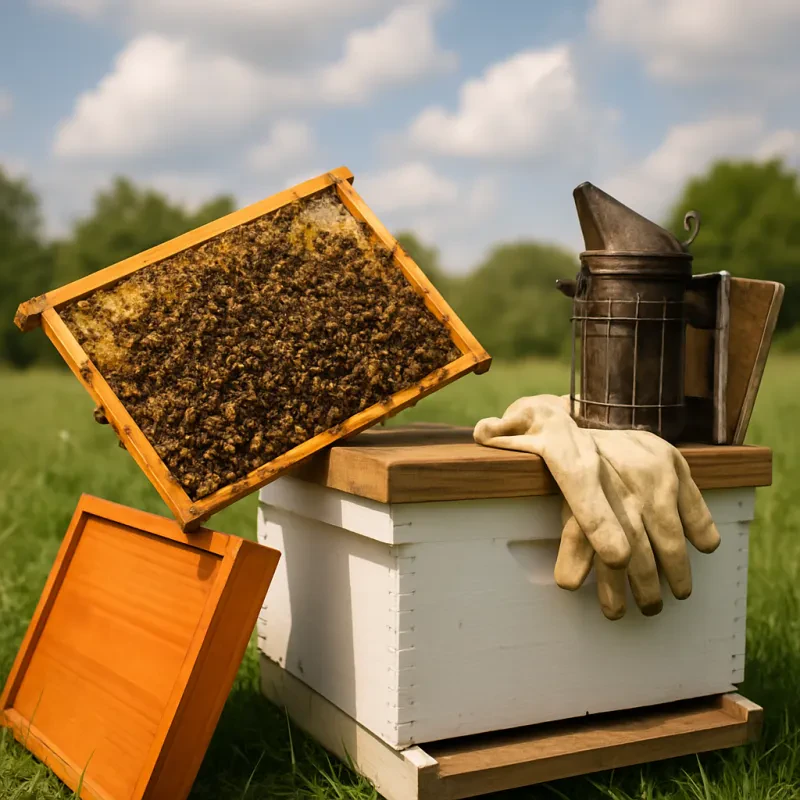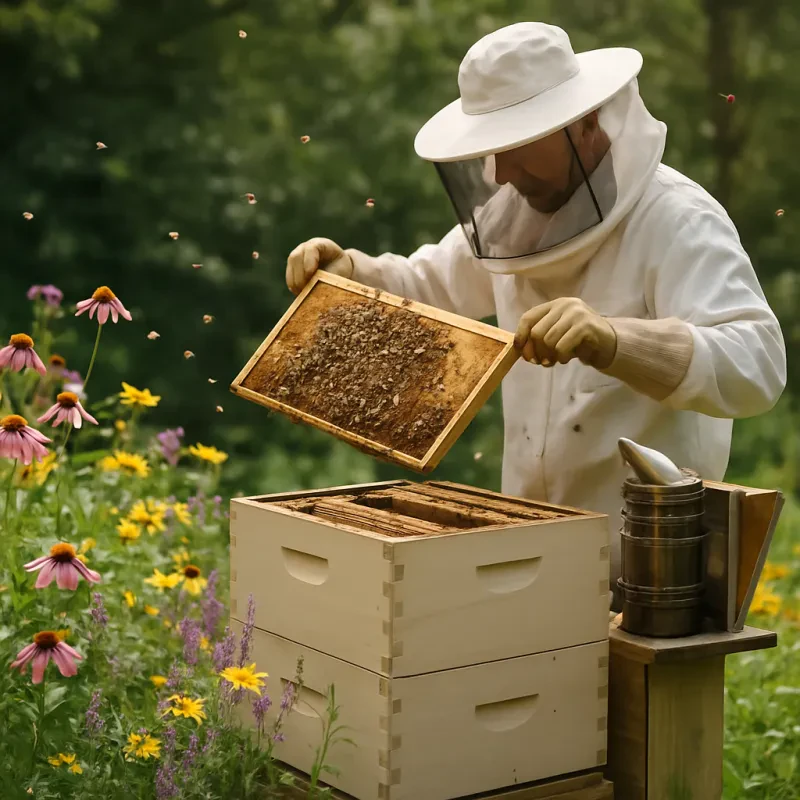Next, gather all the necessary tools and equipment to streamline your honey gathering process. Essential items include a bee suit, gloves, a smoker, a hive tool, and honey containers. Make sure your equipment is clean and ready to go ahead of time. This preparation will not only ensure your safety but also allow you to work more efficiently when the time comes to gather honey.
Choose a sunny day for the harvest, preferably in the late morning or early afternoon when the bees are less active. This will minimize the chances of disturbing them and reduce the likelihood of aggressive behavior. Also, ensure that you have a designated area ready for processing the honey, away from the hive, to facilitate a seamless workflow. By following these steps on how to gather honey effectively, you set yourself up for a productive and enjoyable honey harvest.
Essential Tools for Gathering Honey
Gathering honey is a rewarding process, but to master how to gather honey efficiently, you'll need the right tools. Each tool serves a unique purpose, ensuring that the honey extraction is smooth, safe, and effective. Let’s take a look at the essential tools that every beekeeper should have in their arsenal.
First on the list is the smoker. This device helps calm the bees when you approach the hive, reducing their tendency to sting. By puffing smoke into the hive, you disrupt the bees' communication, allowing you to work with less agitation. A reliable smoker will mean a much more pleasant experience as you learn how to gather honey.
Another crucial tool is the hive tool. This multi-purpose instrument looks like a flat bar with a hooked end and is perfect for prying open hive boxes, scraping off propolis, and removing frames. Its versatility makes it indispensable when working with beehives, ensuring you can access the honeycomb without damaging the structure of the hive.
Don't forget about the bee suit and gloves! Protecting yourself is vital when learning how to gather honey. A well-fitted bee suit keeps you safe from stings while allowing you to focus on the task at hand. Choose a suit with a veil for complete coverage, and make sure your gloves provide both protection and dexterity.
Lastly, invest in a honey extractor if you’re serious about your honey gathering. This device is designed to extract honey from the honeycomb efficiently without destroying the comb. Whether you opt for a manual or electric extractor, having this tool will streamline the honey collection process, making it easier for you to master how to gather honey.
Step-by-Step Honey Collection Process
Next, approach the hive calmly and gently. Using the smoker, puff some smoke into the entrance of the hive. This helps calm the bees, making them less aggressive while you work. Once the bees are subdued, carefully remove the frames filled with honey using your hive tool. Be cautious not to crush any bees in the process.
After removing the frames, take them to a designated extraction area. There, you can use a honey extractor to spin the frames and extract the honey. This method enables you to collect honey without damaging the comb too much, allowing the bees to reuse it later. Ensure that you have clean containers ready to hold the collected honey.
Finally, after you're done extracting, it's important to return the empty frames back to the hive. This supports the bees in continuing their work and helps maintain the health of the hive. Now that you know how to gather honey, enjoy the fruits of your labor and savor the sweet rewards of your efforts!
Tips for Storing Your Honey Safely
Storing honey safely is just as important as knowing how to gather honey effectively. Proper storage helps maintain its flavor, texture, and health benefits. First and foremost, always keep honey in a clean, sealed container. Glass jars are a popular choice, as they do not absorb odors or bacteria. If you use plastic containers, ensure they are food-grade and BPA-free.
Temperature plays a vital role in honey preservation. Ideally, store your honey in a cool, dry place, away from direct sunlight. Extreme heat can cause honey to darken and lose its beneficial properties. Avoid storing it in the fridge; chilled honey may crystallize, making it harder to use. Instead, a cupboard or pantry shelf is perfect for keeping your honey fresh.
Another essential tip is to avoid introducing moisture into your honey. Moisture can lead to fermentation and spoilage. When using honey, ensure that utensils are dry and clean to prevent any water contamination. If you notice that your honey has crystallized, gently warm it by placing the jar in warm water. This will return it to its liquid state without compromising its quality.
Lastly, always label your honey jars with the date you harvested or purchased them. This practice helps you keep track of freshness and ensures you're using the oldest honey first. With these simple tips, you'll enjoy your honey for years to come while mastering how to gather honey efficiently!
